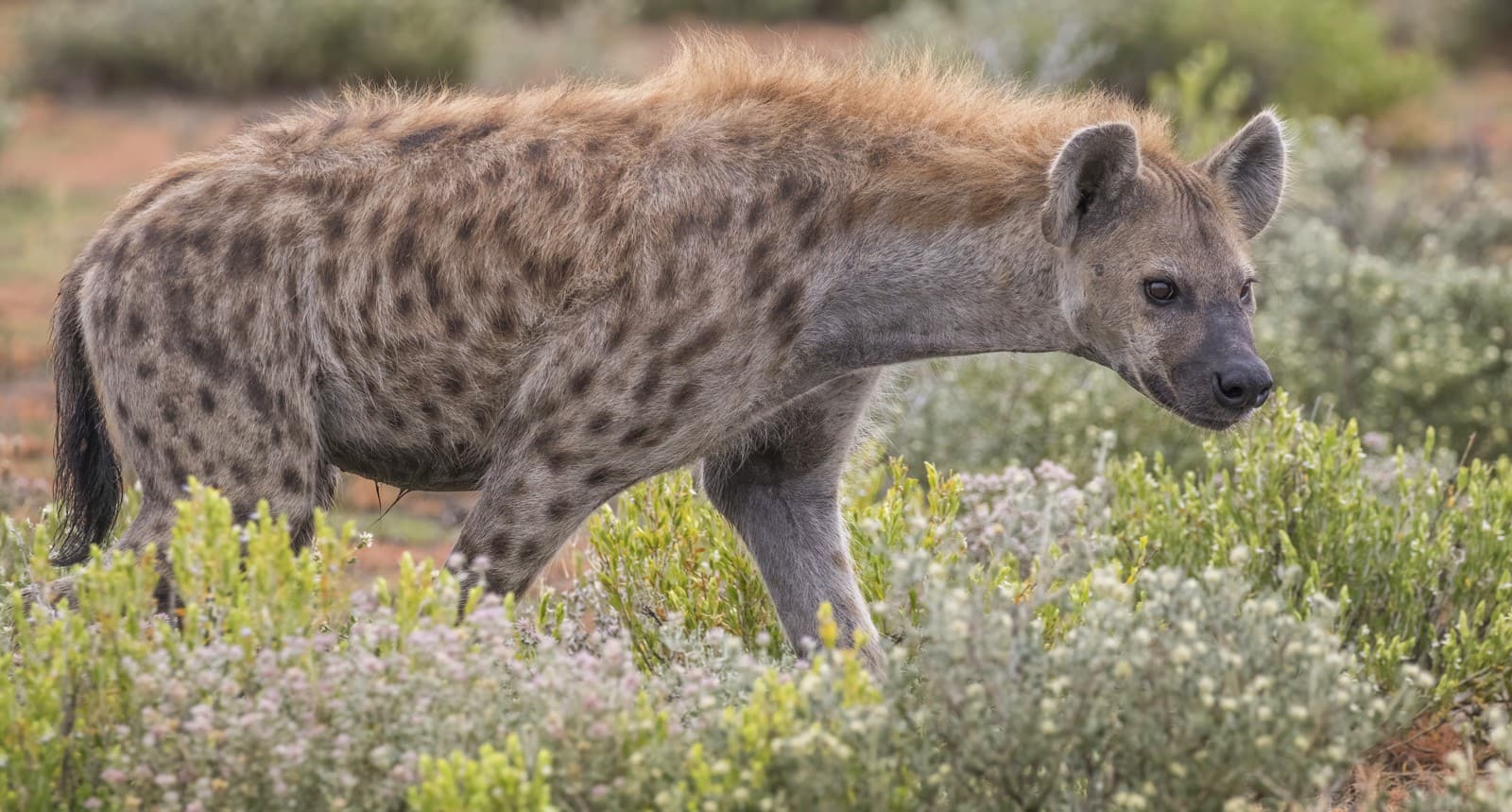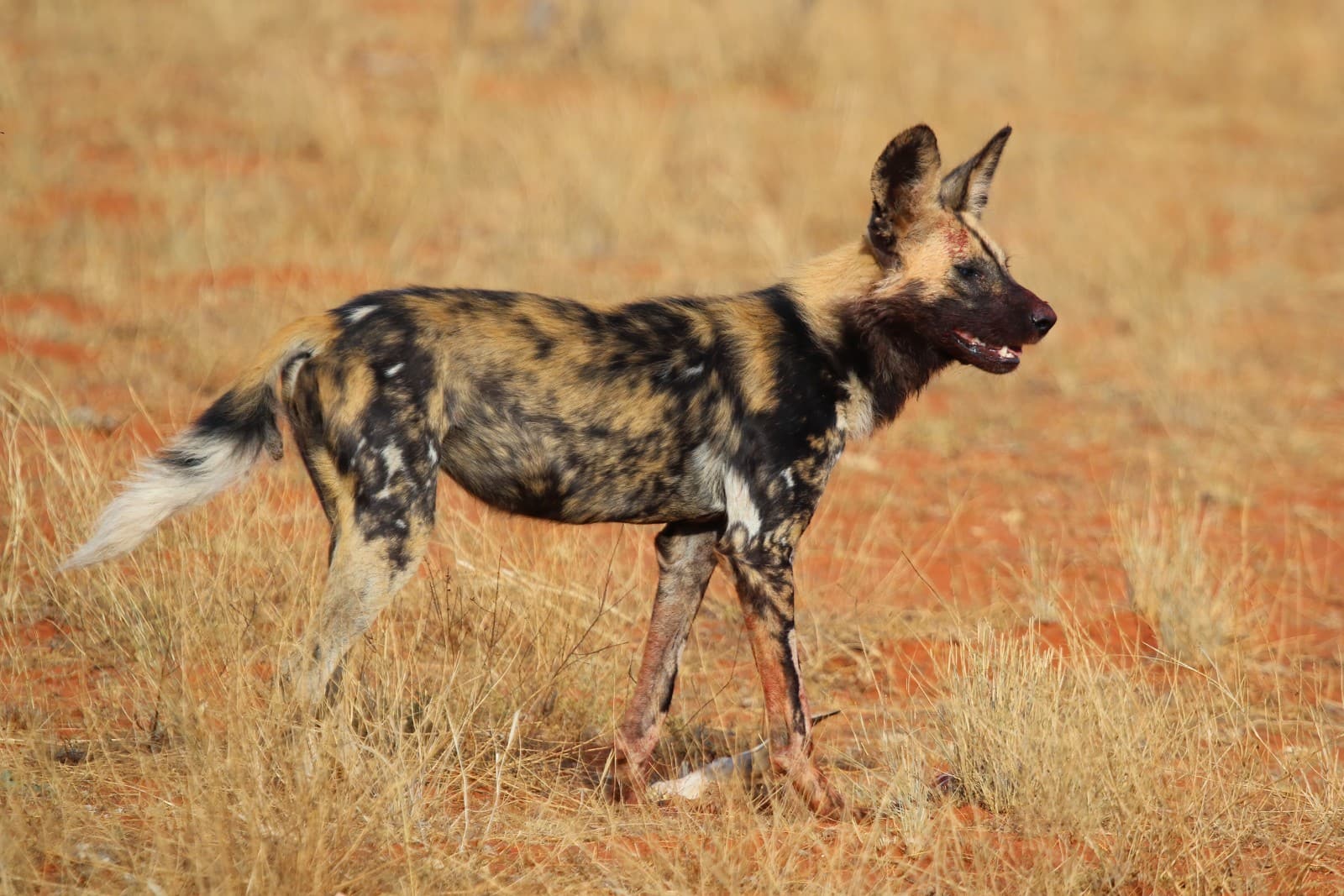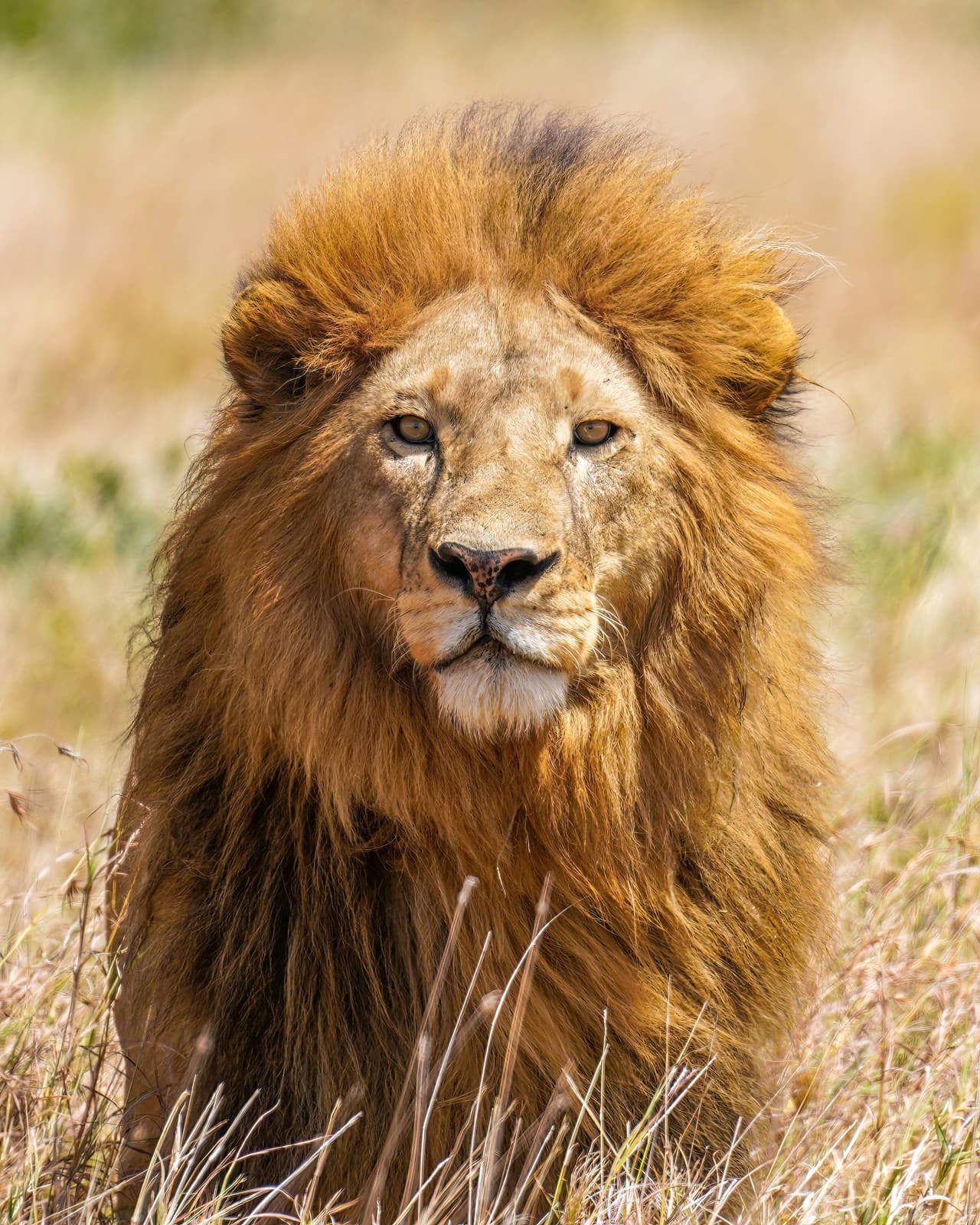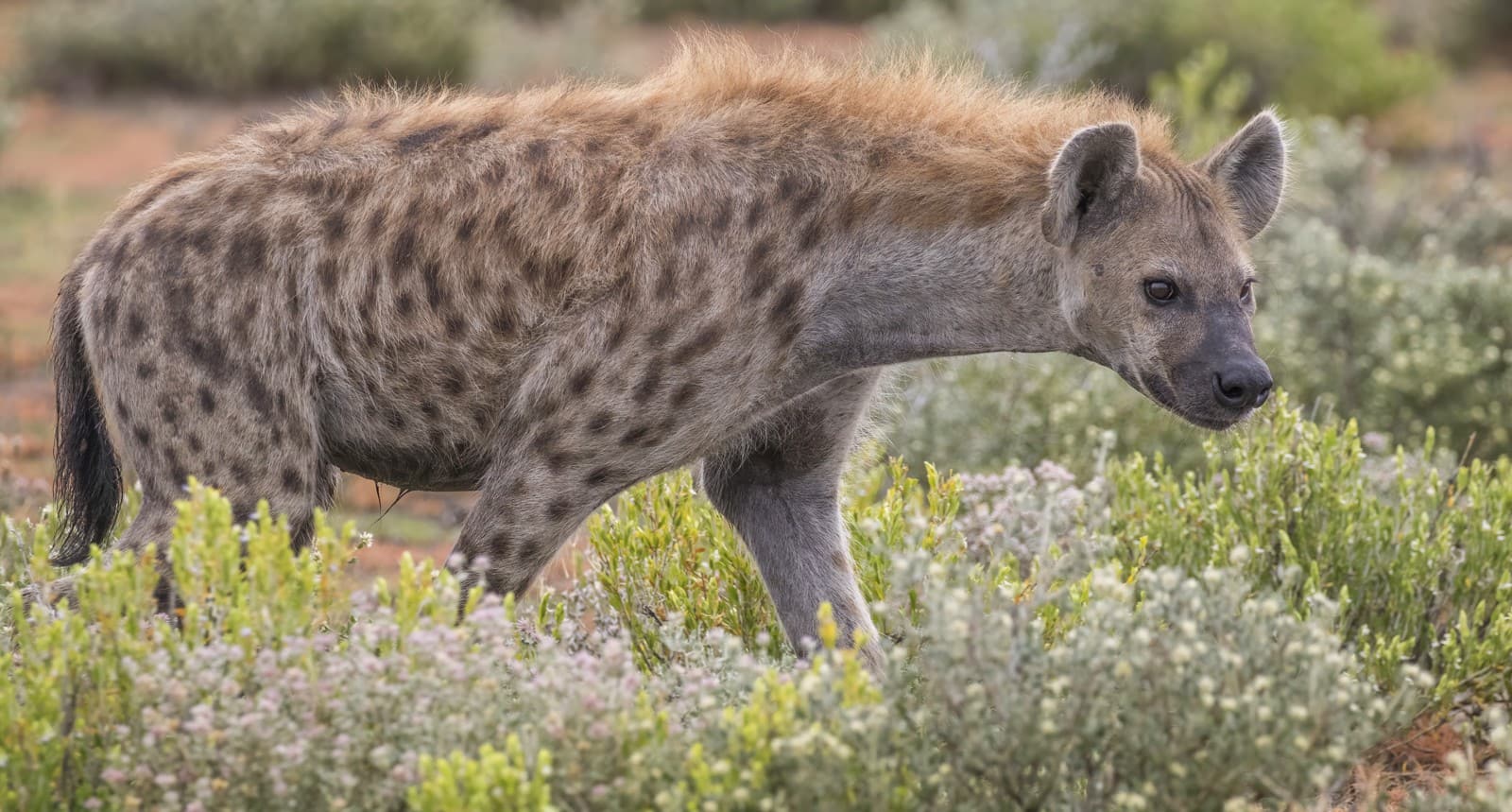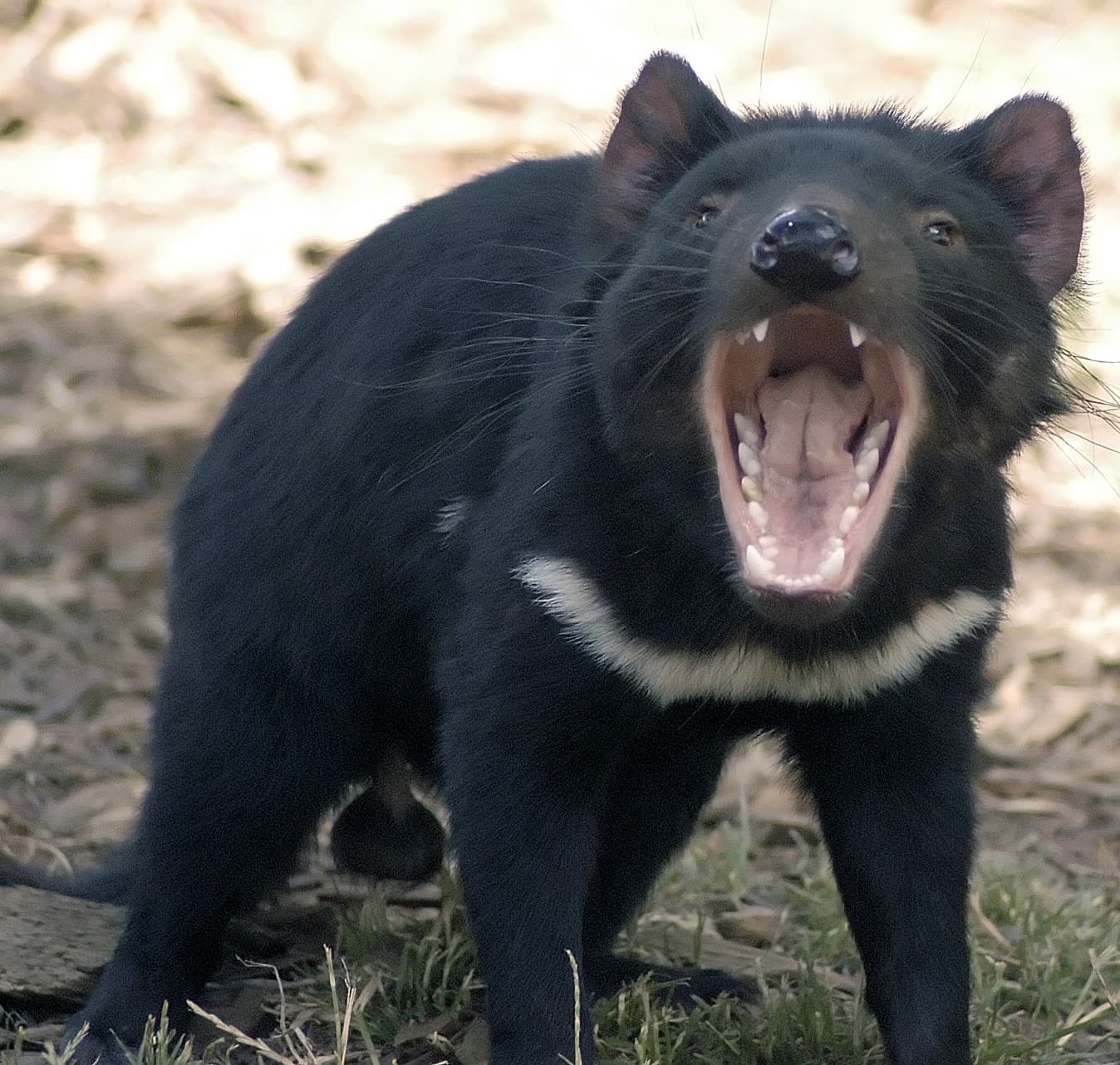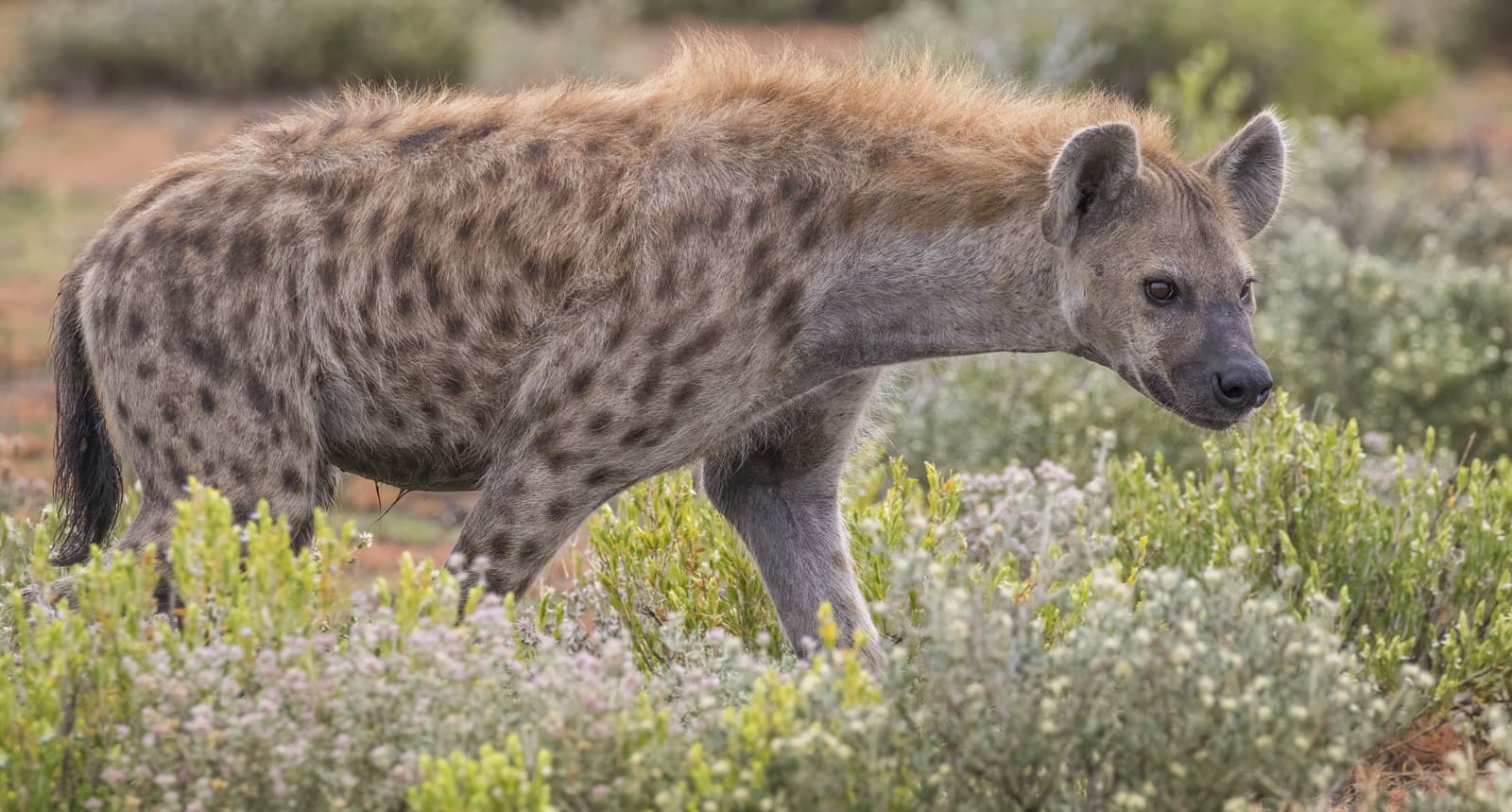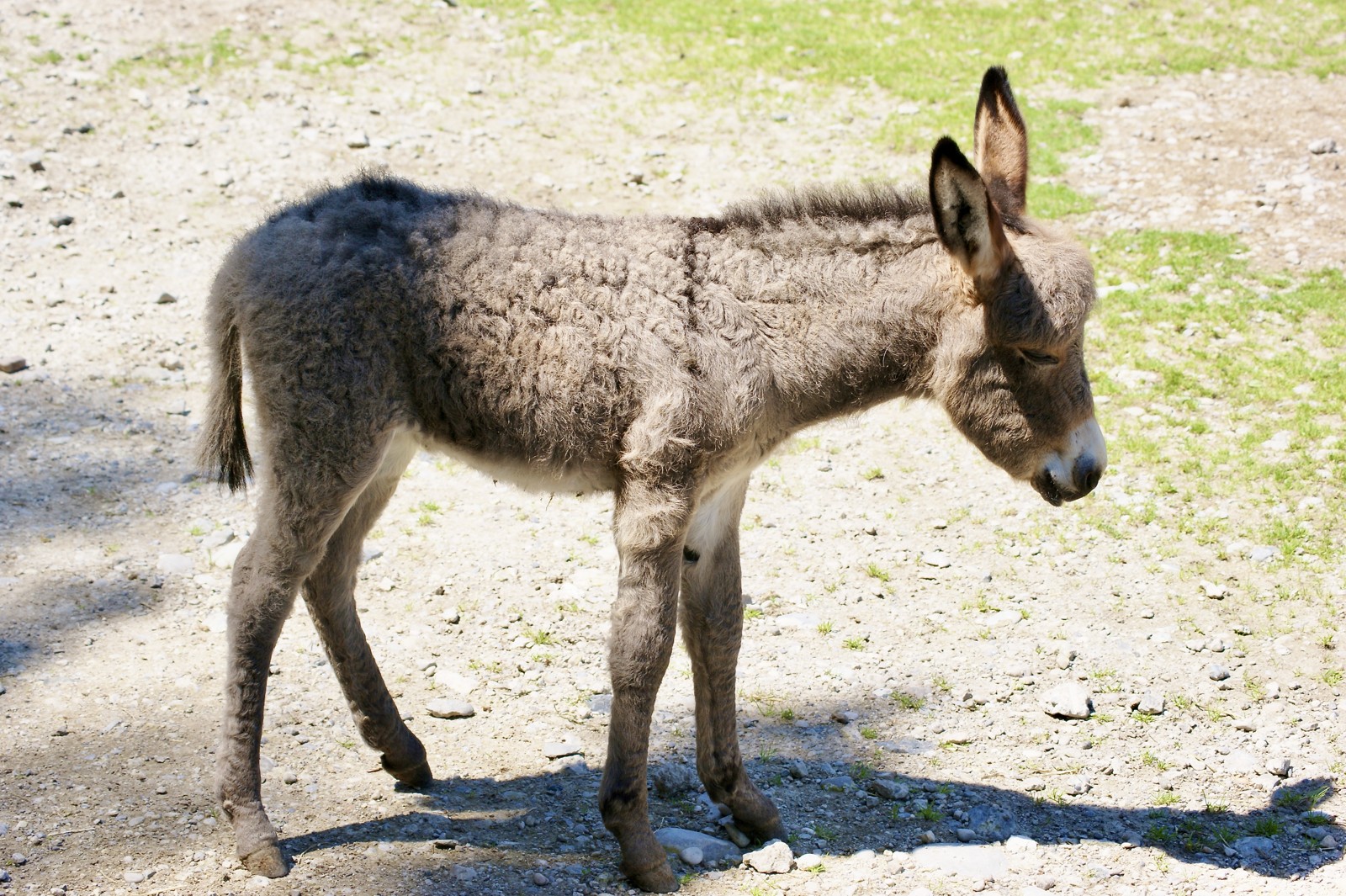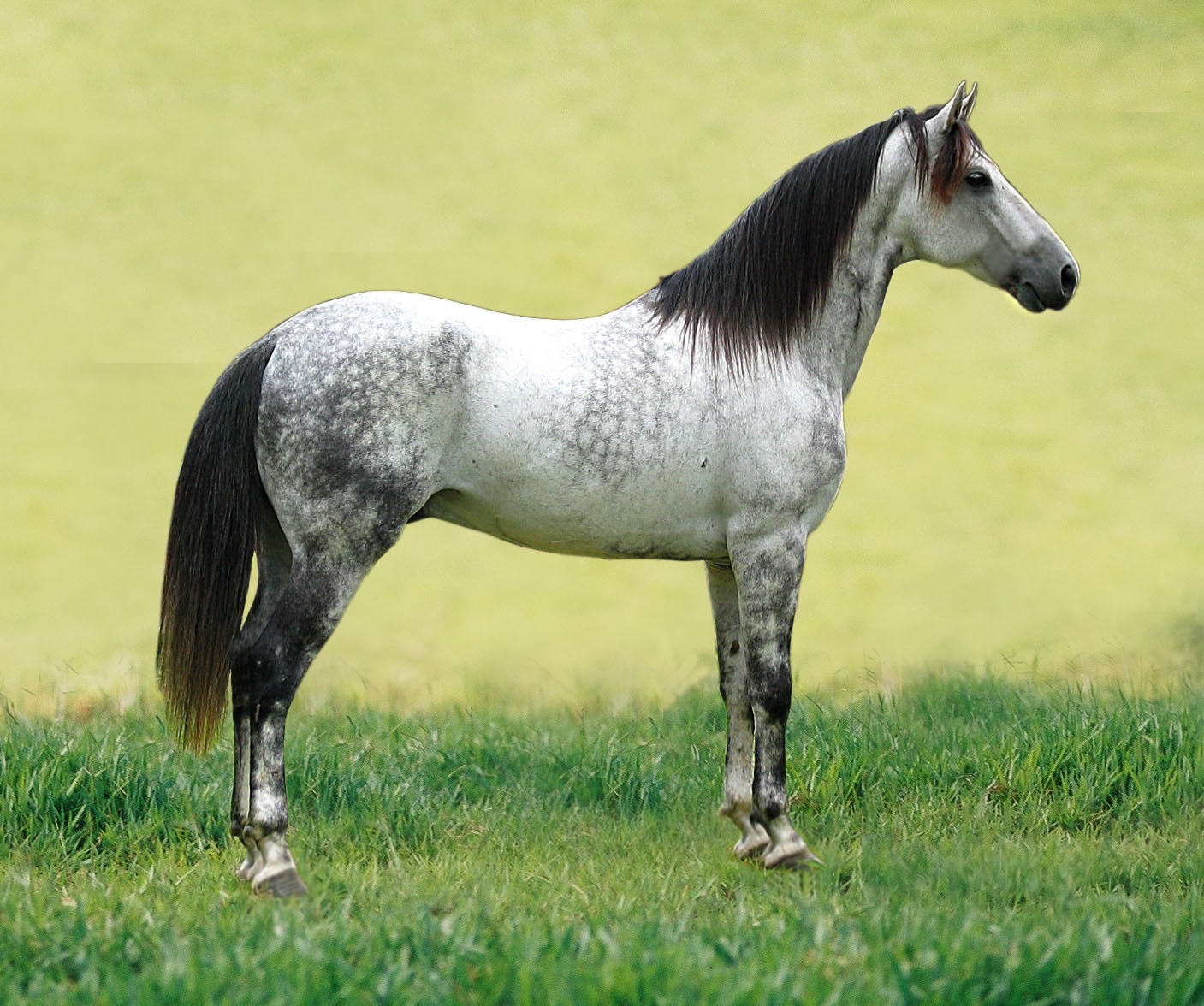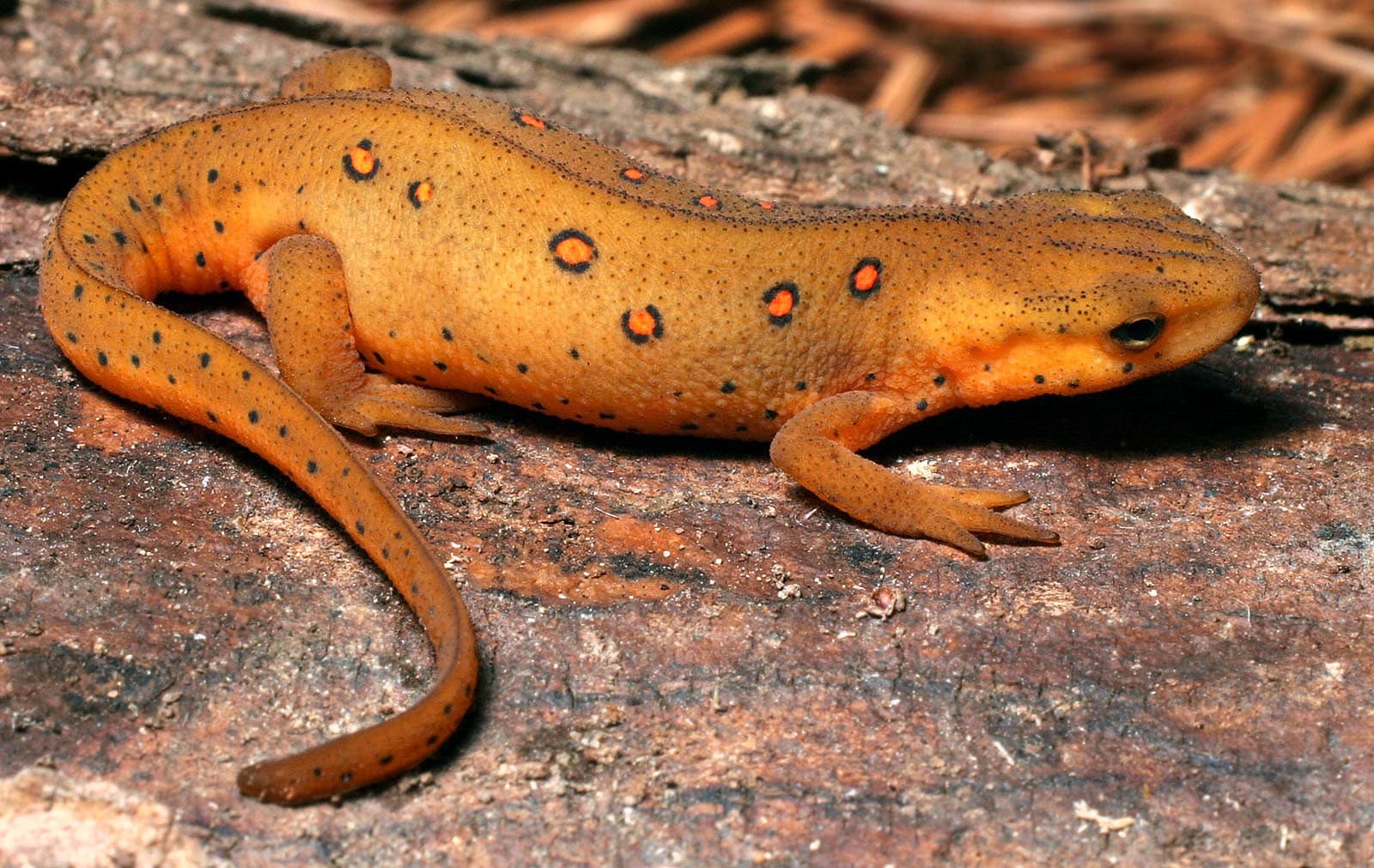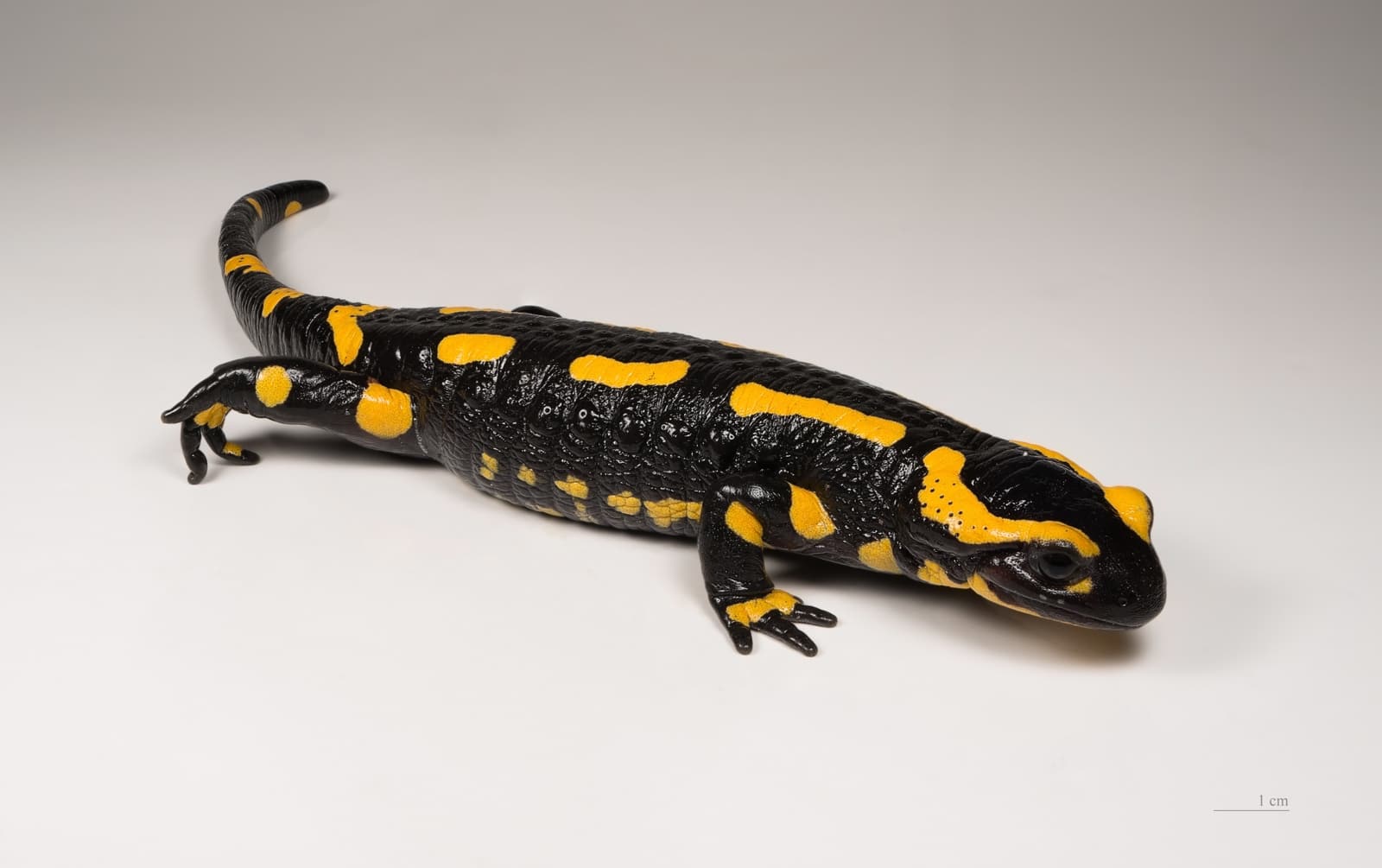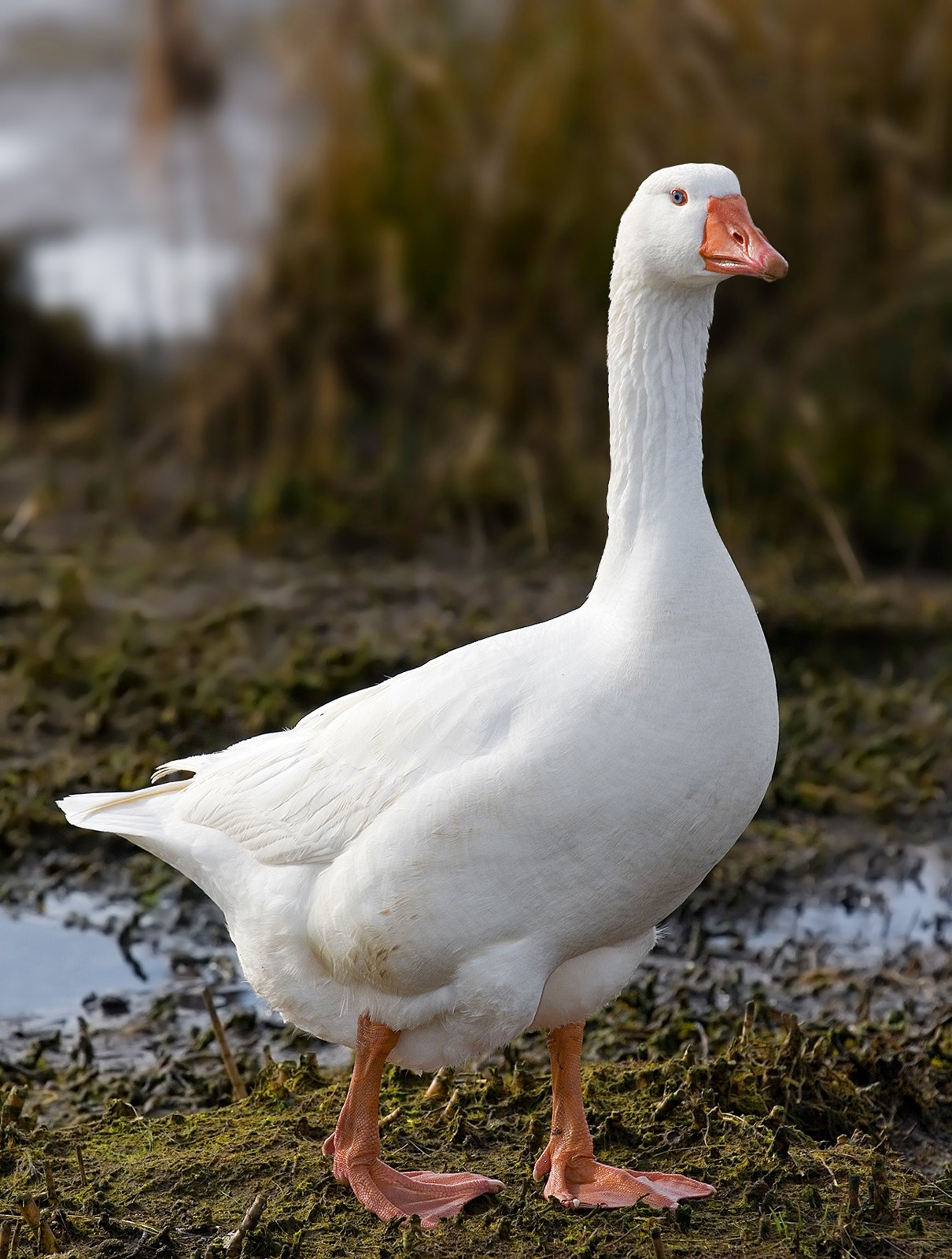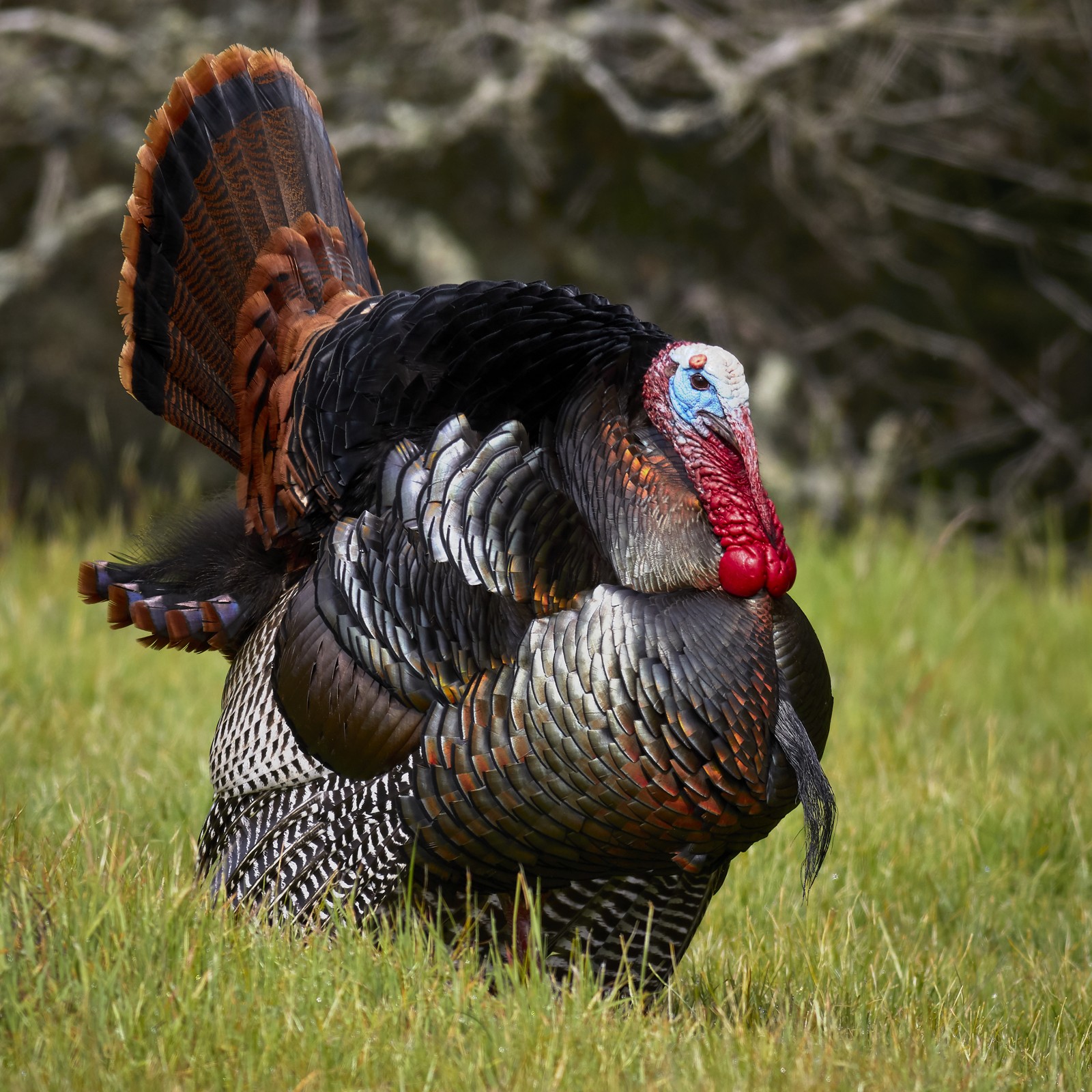Aardwolf vs Hyena: A Complete Comparison
While both belonging to the Hyaenidae family, the Aardwolf and Hyena represent dramatically different evolutionary paths. The Aardwolf (Proteles cristata), weighing just 20-30 pounds (9-14 kg), specializes in termite feeding, while its larger cousin, the Spotted Hyena (Crocuta crocuta), can reach 190 pounds (86 kg) and ranks among Africa’s apex predators.
This remarkable divergence in size and dietary preferences showcases how members of the same family can evolve to occupy vastly different ecological niches. While hyenas are notorious for their bone-crushing abilities and pack hunting tactics, aardwolves have developed specialized tongues and feeding behaviors to harvest termites, consuming up to 300,000 termites per night.
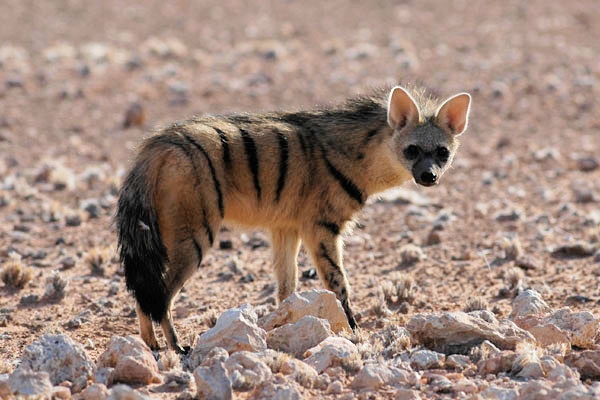
© by Dkaeuferle = Dominik Käuferle / CC BY-SA 3.0
The Aardwolf’s distinctive striped pattern and slender build reflect its specialized lifestyle as a termite-feeding insectivore, setting it apart from its more robust hyena relatives.
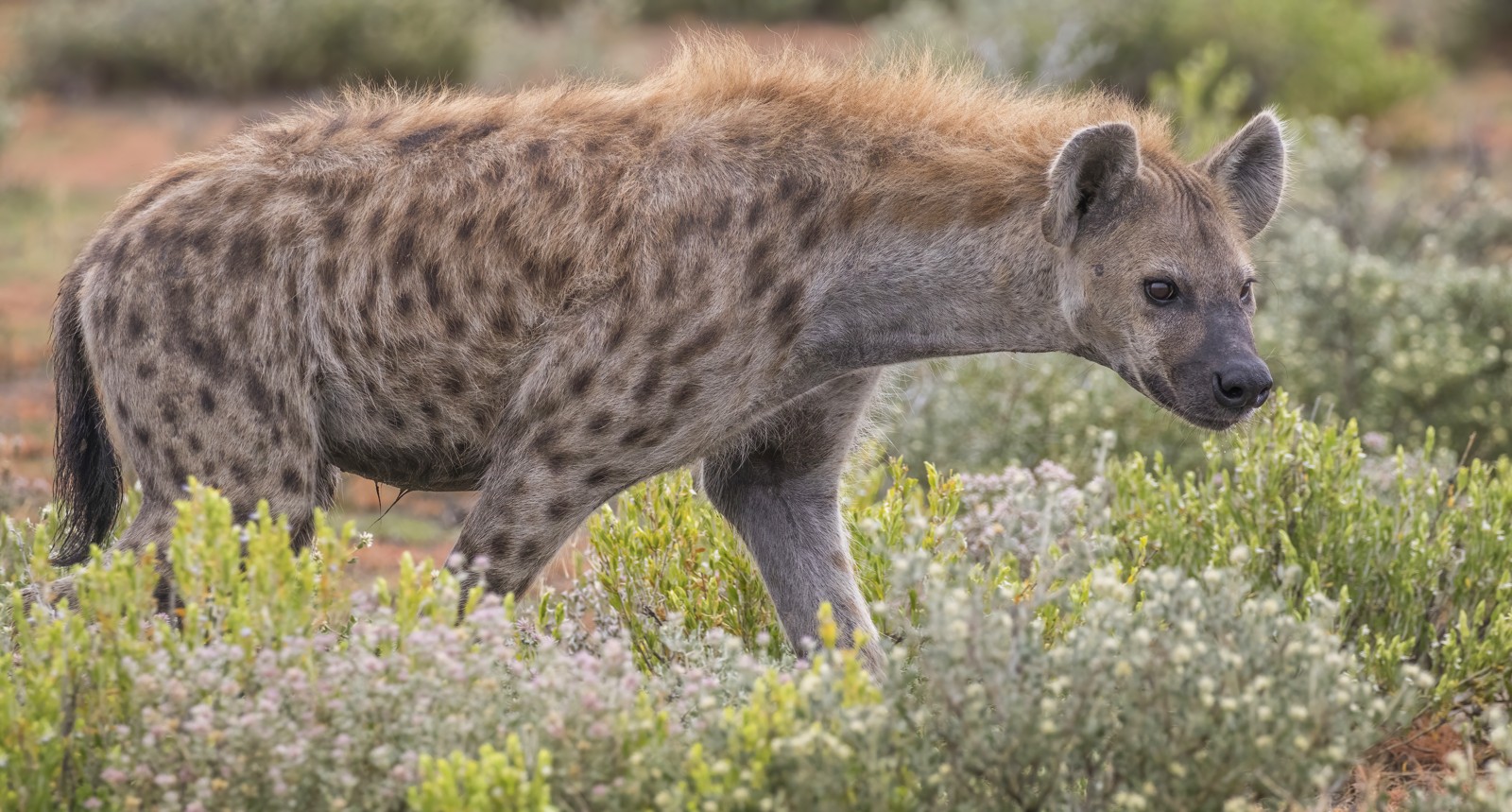
© Charles J. Sharp / CC BY-SA 4.0
The Spotted Hyena’s muscular build and powerful jaw structure highlight its role as a formidable predator capable of taking down large prey and crushing bones with ease.
Key Differences: Aardwolf vs Hyena Comparison
| Feature | Aardwolf | Hyena |
|---|---|---|
| Size | 20-30 lbs (9-14 kg) | 90-190 lbs (40-86 kg) |
| Diet | Primarily termites | Large prey, carrion |
| Hunting Style | Solitary termite foraging | Pack hunting |
| Jaw Strength | Moderate | Strongest bite force of any land mammal |
| Social Structure | Monogamous pairs | Complex clan hierarchies |
| Habitat Range | Eastern and Southern Africa | Throughout Africa |
Diet and Hunting Behavior
The dietary contrast between aardwolves and hyenas represents one of the most striking differences between these related species. Aardwolves are highly specialized insectivores, focusing almost exclusively on harvesting termites from the genus Trinervitermes. Using their long, sticky tongues, they can consume up to 300,000 termites in a single night, showing remarkable dietary restraint compared to their carnivorous relatives.
Spotted Hyenas, conversely, are opportunistic predators capable of hunting prey many times their size. Their powerful jaws can exert a crushing force of 1,100 pounds per square inch (PSI), allowing them to consume and digest nearly every part of their prey, including bones and hooves.
Physical Adaptations
Aardwolf Specializations
- Long, sticky tongue for termite feeding
- Reduced tooth size and complexity
- Enhanced hearing for detecting termite movement
- Striped camouflage for nocturnal activity
Hyena Adaptations
- Massive jaw muscles and bone-crushing teeth
- Robust shoulder structure for carrying heavy prey
- Complex vocal apparatus for communication
- Spotted pattern for savanna camouflage
Social Structure and Behavior
While both species show fascinating social behaviors, their approaches to community life differ dramatically. Aardwolves maintain monogamous partnerships and defend small territories of 1-4 square miles (2.5-10 square kilometers). They mark these territories with scent glands and typically live solitary lives outside of breeding season.
Spotted Hyenas, however, form complex social groups called clans, which can include up to 80 individuals. These clans operate under matriarchal leadership with intricate hierarchical structures that influence hunting success, breeding rights, and access to food.
Conservation Status and Threats
Both species face challenges in the modern world, though their threats differ significantly. Aardwolves are primarily threatened by habitat loss and the elimination of termite colonies through pesticide use. Their specialized diet makes them particularly vulnerable to environmental changes affecting termite populations.
Hyenas face different challenges, including human-wildlife conflict, habitat fragmentation, and persecution due to their perceived threat to livestock. Despite their crucial role in ecosystem health, hyenas often suffer from negative public perception and intentional elimination.
Who Would Win in a Confrontation?
While such encounters rarely occur naturally due to different ecological niches, a direct confrontation between an aardwolf and a hyena would be extremely one-sided. The spotted hyena’s superior size (3-6 times larger), powerful bite force, and predatory nature would overwhelm the smaller, insectivorous aardwolf. However, aardwolves typically avoid such confrontations through their nocturnal habits and different habitat preferences.
Understanding these remarkable differences between aardwolves and hyenas helps appreciate the diverse evolutionary strategies that can emerge within a single family of mammals, each perfectly adapted to their specific ecological role in Africa’s complex ecosystems.
